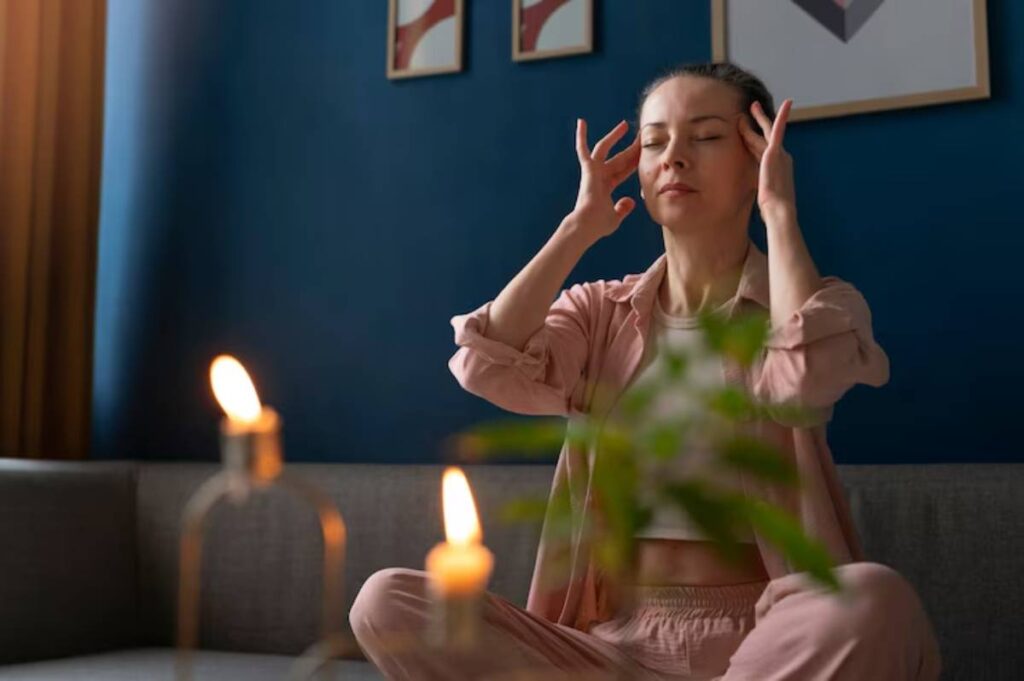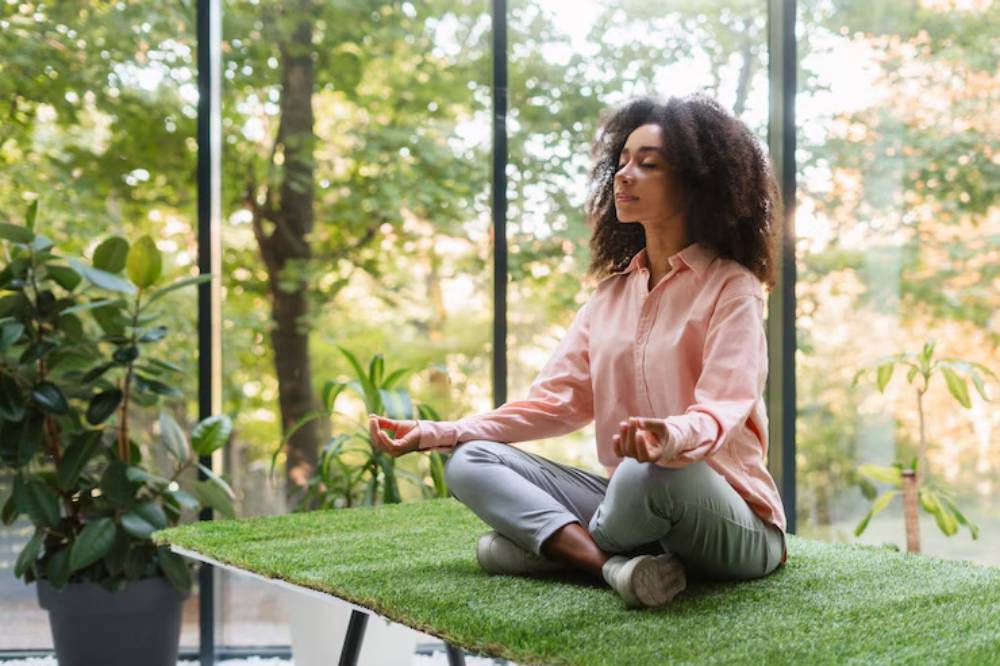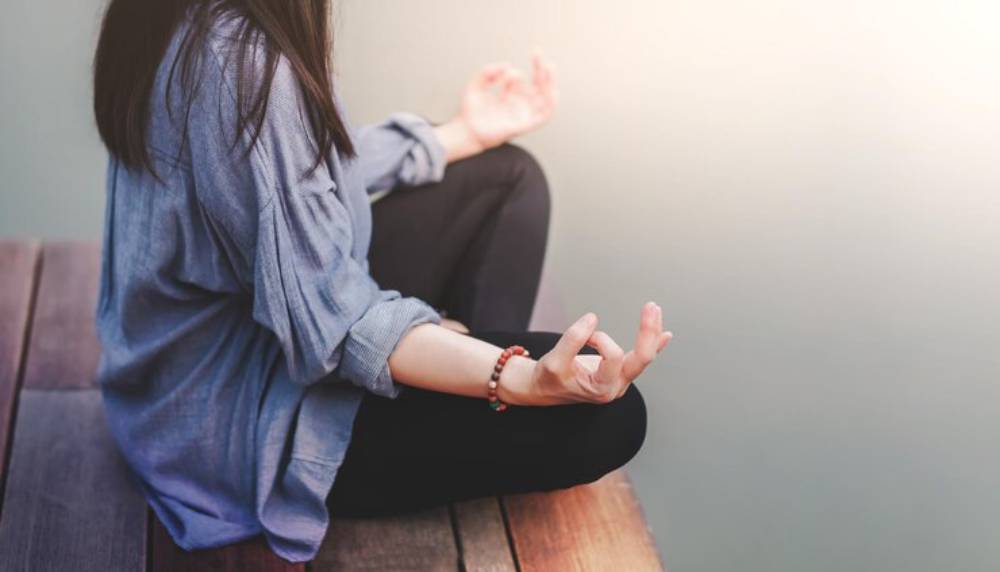The Health & Wellness Blog

How to Use Mindfulness to Manage Anxiety
Why Mindfulness Matters in Anxiety Management
Anxiety is a common issue in our fast-paced, always-connected world. Be it work pressures, concerns regarding health, or the day-to-day grind, stress and worry can arise quickly. Mindfulness techniques are effective, evidence-based tools for anxiety management. They have the kind of long-term benefits, and they’re just one of many pathways.
Mindfulness is the ability to consider the present moment without judgment. It can also help to break overthinking, reduce stress, and help you remain calm during tough situations with regular use. This guide will assist you in introducing mindfulness into your life. That way, you can relieve stress and improve your mental health.
Quick Guide / Checklist
- Understand the Basics: Get to know the core principles of mindfulness.
- Set Aside Time: Choose a specific time each day for mindfulness practice.
- Create a Calm Environment: Find a quiet, comfortable space free from distractions.
- Focus on Breathing: Use your breath as an anchor to bring your mind back to the present.
- Observe Without Judgment: Notice your thoughts and feelings. Do not label them as good or bad.
- Practice Regularly: Consistency is key to experiencing the benefits of mindfulness.
Pro Tip: If you’re new to mindfulness, start with short sessions. Increase the time as you become more comfortable
Core Concept: What is Mindfulness and How Does it Help Anxiety?

Mindfulness focuses on the present moment with an attitude of acceptance and openness. Mindfulness says to observe anxious thoughts instead of pushing them away. That way, you won’t get languid in them.
The NHS and many studies show that mindfulness boosts brain areas linked to emotion regulation. It also dampens activity in regions of the brain associated with fear and stress. Regular practice can lead to:
- Lower levels of cortisol (the stress hormone)
- Reduced symptoms of anxiety and depression
- Improved concentration and emotional resilience
Mindfulness works by breaking the loop between anxious thoughts and physiological stress responses. Instead of reacting with fear, you learn to pause, observe, and choose a more balanced reaction.
Important: Mindfulness is a skill that takes time to develop. Be patient with yourself and remember that progress is not always linear.
Step-by-Step Guide: Mindfulness Techniques for Managing Anxiety

- Start with the Breath: Begin with 5-10 minutes of focused breathing. Sit quietly, close your eyes, and pay attention to your breath. Notice the sensation as air flows in and out. When your mind wanders, gently bring it back to the breath.
- Body Scan Meditation: Lie down or sit comfortably. Move your attention slowly from head to toe, noticing sensations in each body part. This helps release physical tension and brings your awareness to the present.
- Mindful Walking: Walk slowly. See how your feet touch the ground, how your arms swing, and the environment around you. This technique is useful for grounding yourself during anxious moments.
- Label Your Thoughts: When anxious thoughts arise, label them simply as “worrying,” “planning,” or “judging.” This helps create distance from the thought and reduces its emotional charge.
- Practice Gratitude: Write down three things you’re grateful for each day. This shifts your focus away from anxiety and toward positive emotions.
- Use a Mindfulness App: Apps like Headspace, Calm, and Insight Timer provide guided meditations. They are tailored for anxiety and stress relief.
- Add Mindful Moments: Pause before meals, during commutes, or while waiting in line. Check in with your breath and your surroundings.
Secret Tip: If you find mindfulness difficult, try out using guided meditations. Many apps and online resources offer guidance and support.
Expert-Approved Ways to Deepen Your Practice
- Set a Consistent Time: Practising at the same time each day helps build a habit. Mornings or evenings tend to work best for most people.
- Join a Mindfulness Group: Being part of a community offers accountability and shared experiences.
- Be Patient: Mindfulness is a skill. It takes time and repetition. Don’t be discouraged if your mind wanders often—that’s part of the process.
- Get Help from a Professional: If your anxiety is bad, look for a therapist who uses mindfulness-based cognitive therapy (MBCT).
Important Considerations: What to Watch Out For
- Mindfulness is not a quick fix: It’s a long-term approach that works best with consistency and patience.
- Triggers may arise: Focusing inward might initially bring up difficult emotions. If you feel overwhelmed, return to the breath or open your eyes.
- Don’t use it to suppress: The goal is not to get rid of anxiety but to relate to it differently.
- Physical limitations: If you have injuries or chronic pain, adapt practices like body scans or mindful walking to suit your body.
Best Practices & Additional Insights
- Combine mindfulness with healthy habits: Sleep, nutrition, and exercise boost your mental health.
- Track your progress: Journaling after mindfulness sessions helps you spot patterns and improvements over time.
- Create a dedicated space: Having a quiet spot for meditation helps reinforce the habit.
- Use soothing aids: Candles, soft music, or essential oils can enhance the relaxation effect of your sessions.
Research shows that mixing mindfulness with other ways to manage anxiety works best. This includes therapy, exercise, and making healthy lifestyle choices.
Warning: Mindfulness is about being fully present in the moment. Avoid multitasking during your practice and focus on one thing at a time.
FAQs: Common Questions About Mindfulness and Anxiety
How long before mindfulness helps with anxiety?
Many people begin noticing subtle changes in their anxiety levels within a few weeks of consistent practice. For more lasting effects, aim for at least 8 weeks of daily mindfulness.
Can mindfulness replace medication or therapy?
Mindfulness can complement but not necessarily replace other treatments. Always consult with a healthcare provider before making any changes.
What if I can’t stop my thoughts during meditation?
That’s perfectly normal. The goal isn’t to stop thoughts. Observe them without judgment and return your focus to the present moment.
Are there quick mindfulness techniques for panic attacks?
Yes. Grounding techniques like the 5-4-3-2-1 method (naming five things you see, four you can touch, etc.) and deep breathing can be very effective.
Is mindfulness suitable for children or teens with anxiety?
Absolutely. Mindfulness programmes are now widely used in schools and can help young people build emotional resilience.
Conclusion: Building Calm Through Mindfulness

Mindfulness is a simple and powerful way to change how you feel about anxiety. Focusing on the present helps you handle life’s highs and lows with peace and clarity. This bolsters the grit you require for adversity.
A few minutes of mindfulness each day can boost your mindset, lower anxiety, and sharpen your mental clarity. Mindfulness can become a way of life, with patience and practice. It keeps you coming back for long-term stress relief and enhances your wellness.









